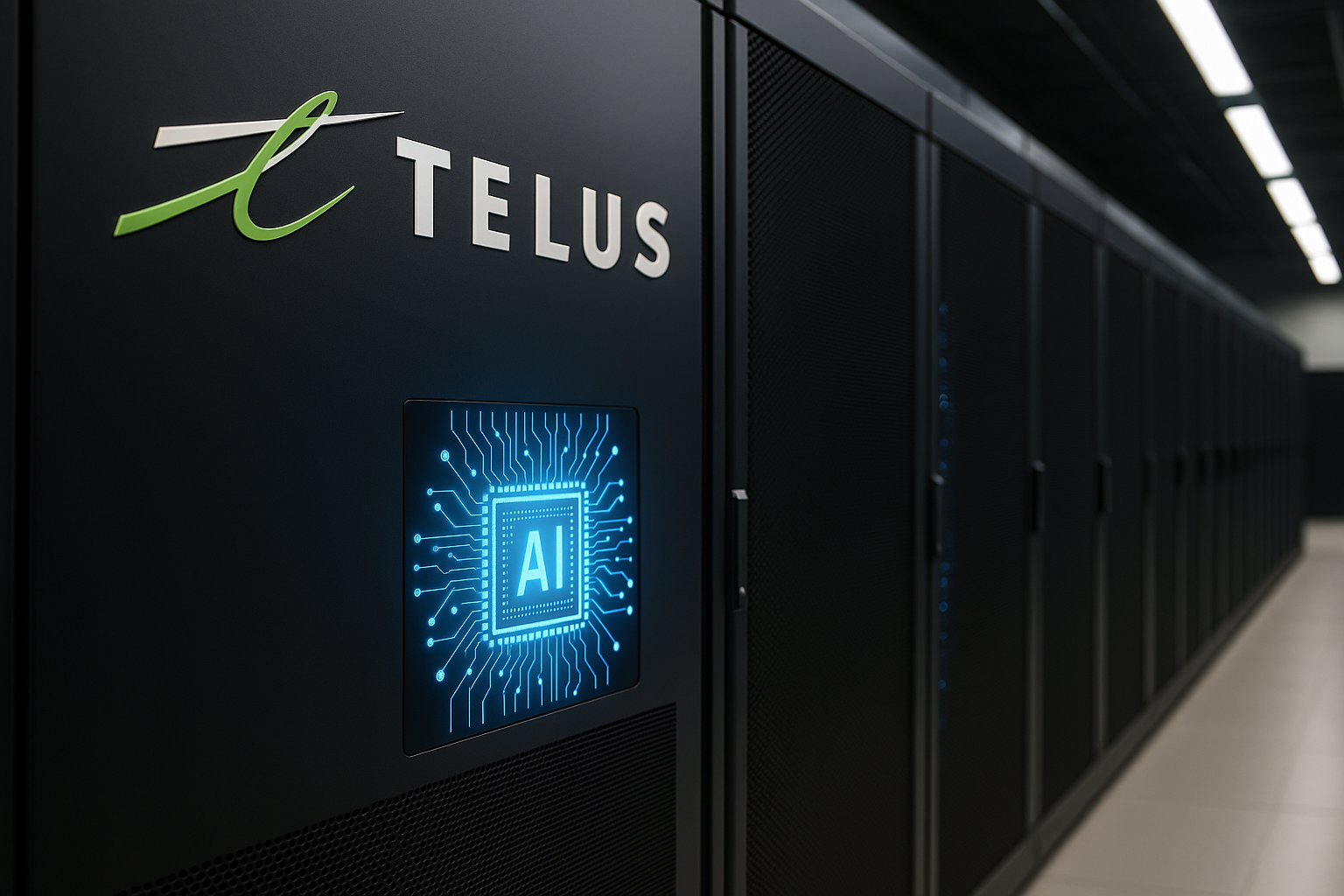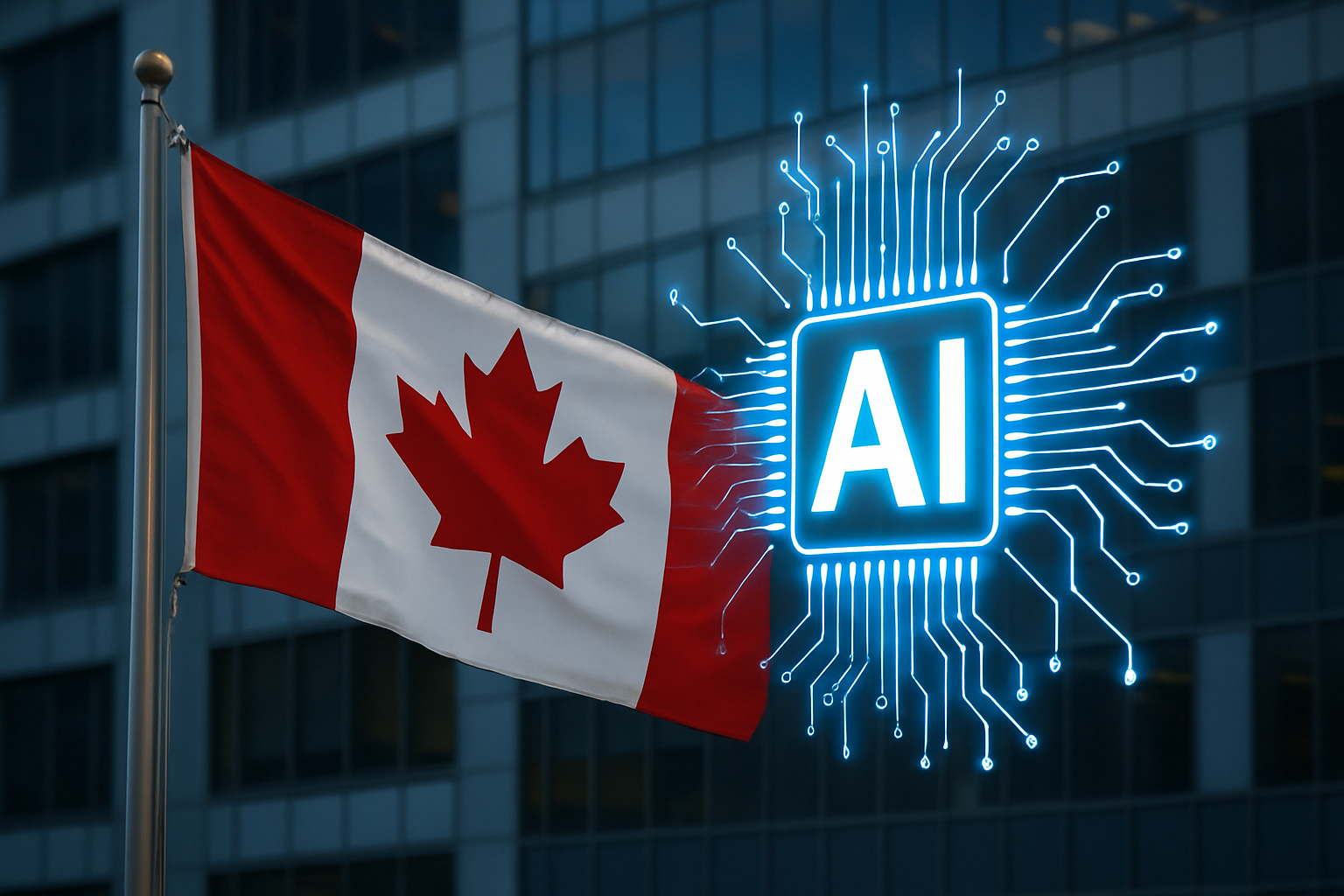The race to secure America’s next-generation AI infrastructure is intensifying—and capital is flooding in at unprecedented levels. Investors have been watching the rapid expansion of data centers, cloud capacity, and semiconductor supply chains throughout 2025, but Google’s newly announced $40 billion investment in Texas through 2027 marks one of the most aggressive commitments yet by a U.S. tech giant. As AI demand surges from enterprises, governments, and consumer platforms alike, the buildout of physical compute infrastructure is becoming the real battleground for future market dominance.
Google’s announcement—highlighted by The Daily Star—comes at a moment when Wall Street is increasingly shifting attention away from the surface-level AI narrative and toward the critical, capital-heavy backbone that keeps AI systems running. Power-hungry models, swelling storage requirements, and unprecedented cloud usage are reshaping investment priorities, pulling energy, real estate, and industrial supply chains into the center of the AI boom.
A Structural Shift: AI Is No Longer a Software Story—It’s an Infrastructure Story
For years, public markets priced AI primarily through the lens of software growth and productivity gains. But the numbers now tell a different story. According to Bloomberg Intelligence, global AI infrastructure spending is projected to exceed $500 billion annually by 2026, driven by the need for hyperscale data centers and semiconductor capacity. Meanwhile, McKinsey estimates AI workloads could grow up to 30× by 2030, forcing companies to expand compute resources far faster than even optimists expected.
Google’s Texas plan fits directly into this macro trend. The company is expected to expand data-center campuses, energy procurement agreements, and high-performance computing (HPC) facilities across multiple Texas counties—areas strategically chosen for land availability, regulatory stability, and access to power.
And Google isn’t alone. Microsoft, Amazon, Meta, and even non-tech corporates like JPMorgan and Walmart are accelerating AI-infrastructure spending across the U.S. This signals a broader transformation: AI is evolving from “innovation layer” to “industrial backbone.”
Why This Matters for Investors
Massive Capital Requirements Create Long-Term Winners
AI infrastructure is expensive—extremely expensive. Building a single hyperscale data center can cost between $1 billion and $1.5 billion, according to CBRE, and energy consumption is rising fast. This creates multi-year revenue visibility for sectors that traditionally operated in cyclical environments, including:
- Grid & utility providers
- Semiconductor manufacturers (advanced and legacy nodes)
- AI-server and networking hardware suppliers
- Specialized real estate (data-center REITs)
- Construction and engineering firms
Investors looking for stable, long-duration growth may find opportunity in these backbone industries—especially those positioned to benefit from U.S. reshoring and the political push for domestic tech dominance.
Texas Is Becoming the New AI Power Corridor
Texas continues to emerge as the heart of U.S. AI and cloud expansion thanks to a combination of low taxes, abundant land, favorable regulation, and expanding renewable-energy infrastructure. Recent filings show that:
- Data-center capacity in Texas is growing ~40% YoY, faster than any other U.S. state.
- Power demand from data centers could exceed 100GW nationwide by 2030, per an International Energy Agency report—much of it concentrated in Sun Belt states.
- Leading AI-chip producers like Nvidia and AMD have expanded partnerships with Texas-based cloud operators.
Google’s $40B program reinforces Texas’ position as the next major compute hub—one that could reshape local energy markets, real estate values, and employment patterns.
The Bigger Picture: AI Demand Shows No Signs of Slowing
The investment wave is being fueled by multiple converging trends:
1. Enterprise AI Adoption Is Accelerating
According to Reuters, more than 85% of Fortune 500 companies are deploying generative AI tools in production environments, up from just 18% in 2023.
2. Model Sizes Continue to Expand
OpenAI, Meta, and Anthropic are all developing exponentially larger models—requiring more compute and more energy each quarter.
3. Digital Sovereignty Concerns
With Washington prioritizing domestic tech independence, federal incentives and regulatory tailwinds are pushing companies to build locally rather than outsource abroad.
Together, these factors suggest the AI-infrastructure cycle may last years, not quarters.
Future Trends Investors Should Watch
Power Constraints and Energy Markets
AI data centers are projected to become one of the largest sources of U.S. electricity demand by the early 2030s. Investors must watch utility bottlenecks, renewable-energy investment patterns, and regional power-pricing trends.
Supply Chain Tightness
From chips to cooling systems to transformers, supply shortages could create opportunities for well-positioned manufacturers.
AI-Driven Real Estate Inflation
Industrial land zoned for data-center construction in key states (TX, AZ, VA, OH) is already seeing price spikes—a trend institutional investors are beginning to exploit.
Key Investment Insight
AI’s growth trajectory is no longer dependent on consumer adoption—it is a structural, enterprise-driven cycle built on physical assets. Google’s $40 billion Texas commitment signals that hyperscalers are preparing for multi-trillion-dollar AI demand, and investors who focus on the “picks and shovels” of the AI revolution—energy, semiconductors, data-center REITs, advanced manufacturing—may be best positioned to capture long-term value.
Stay ahead of the fast-moving AI and market landscape with daily, data-driven insights from MoneyNews.Today—your trusted source for actionable financial intelligence.





